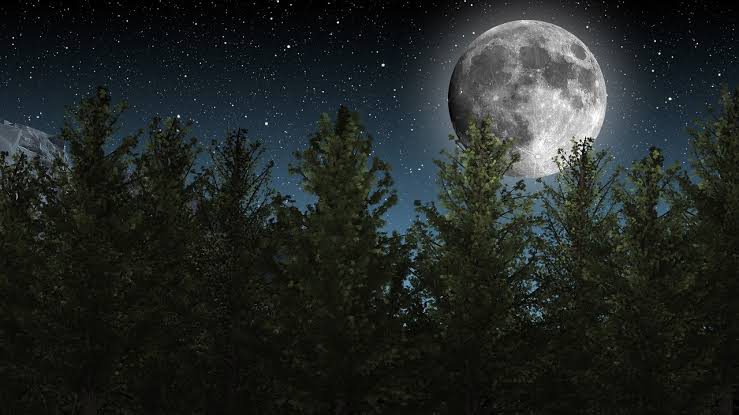Acid Rain

Acid Rain: Acid rain is a type of environmental pollution that occurs when acidic compounds such as sulfur dioxide (SO2) and nitrogen oxides (NOx) are released into the atmosphere and react with water, oxygen, and other chemicals to form acidic precipitation. Acid rain can have devastating effects on the environment, including damage to plants, animals, and buildings, as well as the deterioration of natural resources such as soil and water. The Causes of Acid Rain Acid rain is caused by the release of sulfur dioxide and nitrogen oxides into the atmosphere from both natural and man-made sources. Natural sources of these compounds include volcanic eruptions and lightning strikes, while man-made sources include the burning of fossil fuels such as coal, oil, and gas in power plants, factories, and vehicles. When sulfur dioxide and nitrogen oxides are released into the atmosphere, they can react with water, oxygen, and other chemicals to form acidic compounds such as sulfuric acid and...






